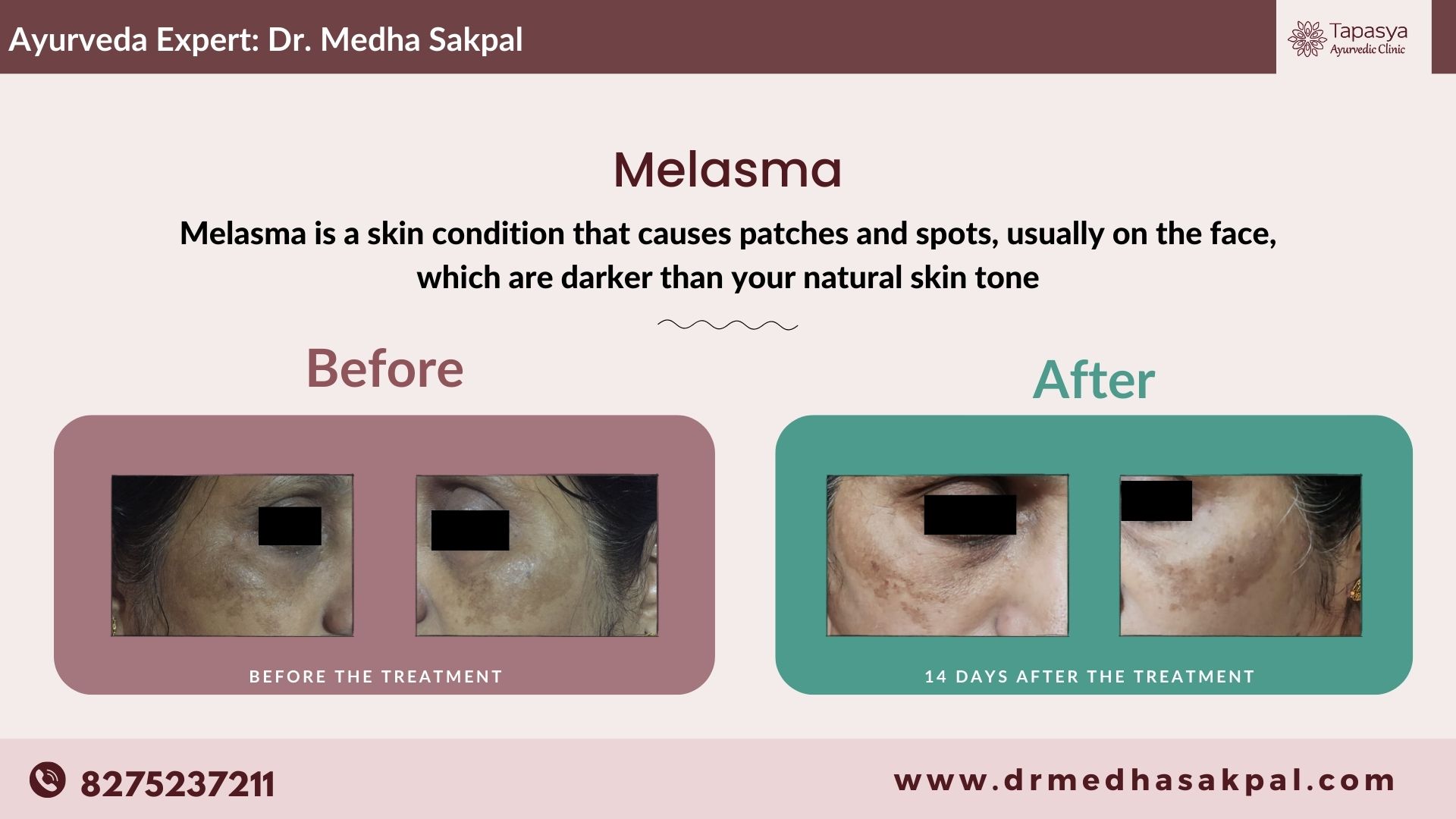Melasma is a hyper pigmentary disorder creating brown to gray-brown patches on the face, it is more commonly seen in women than in men. It is very commonly seen in pregnant women and women consuming oral contraceptives and hormones. In females, it is caused due to the female hormone stimulation on a predisposed genetic background. It is commonly observed on the cheeks, chin, nose bridge, forehead, and above the upper lip. Melasma creates a negative impact on the patient's quality of life and responds poorly to the treatment. However, recent studies have stated that melasma may not only be a disease of melanocytes, but also a photoaging skin disorder.
As per NCBI people of any race can be affected by melasma. It is more commonly observed in darker skin types than in lighter skin types, and it is particularly more common in light brown skin types. According to the reports, women are affected by melasma nine times more than men. Melasma is rarely observed in children or before puberty and is more common in reproductive years. Melasma is present in 15% to 50% of pregnant patients. The prevalence varies between 1.5% and 33% depending on the population.
The treatment of melasma remains highly challenging as earlier it was classified as epidermal and dermal, but recent studies stated that melasma is a complex interaction between epidermal melanocytes, keratinocytes, dermal fibroblasts, mast cells, and vascular endothelial cells.
♦ Types Of Melasma
The types of melasma are defined on the depth of the pigment. There are mainly three types of melasma that can be identified using a wood’s lamp that emits black light is used to monitor the depth of the pigment.
1. Epidermal Melasma: It can be identified by a dark brown colour or well-defined border, which appears clear under black light. Epidermal melasma in most cases responds well to treatment.
2. Dermal Melasma: It is well identified by a light brown or bluish colour, a blurry border that appear no differently under black light. Dermal melasma does not react to treatment.
3. Mixed Melasma: It is the most common of all three types, it can be well identified by both bluish and brown patches and shows a mixed pattern under blacklight. Mixed melasma shows the mild response to treatment.
♦ Symptoms
Melasma causes brown patches on the skin, and these patches appear darker than the skin colour. It typically develops on the face and is usually symmetrical, with identical marks on both sides of the face. Melasma can also develop in other regions of the body that are constantly exposed to the sunlight.
Brownish coloured patches usually appear on the:
1. Cheeks
2. Forehead
3. Bridge of the nose
4. Chin
Melasma is harmless; however, one may feel more self-conscious for the way it looks.
♦ Causes And Risk Factors
1. People who are dark-skinned
2. Oestrogen and progesterone sensitivity
3. Person on birth control pills
4. Pregnancy and hormonal therapy
5. Stress and thyroid disorder
6. Constant exposure to ultraviolet rays
♦ Treatment
Tapasya Ayurveda Tapasya Ayurvedic clinic was founded in year 2010 by Dr. Medha Sakpal. under the guidance of renowned ayurvedic physicians, with over more than 15 years of experience in practicing Ayurveda, Tapasya Ayurvedic Clinic have successfully treated several cases of melasma and has enhanced the lives of the patients. In Tapasya Ayurvedic Clinic patients are known to have cured chronic ailments using Ayurveda and combination treatments. We focus on deliver personalized treatment and medication for curing diseases.
















